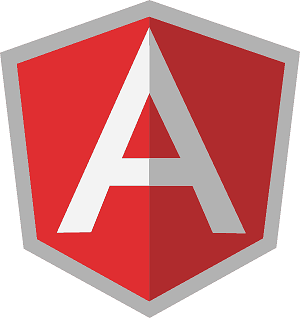Interview Questions in Angular (Part-2)

Interview Questions in Angular (Part-2)
6. What are directives in Angular?
Answer: Directives are markers on DOM elements that instruct Angular to attach specific behavior or apply transformations. They can be structural (e.g., *ngFor, *ngIf) or attribute (e.g., ngModel, ngStyle) directives.
7. What is the purpose of Angular modules (ngModule)?
Answer: Angular modules are used to organize and configure an application. They group related components, services, and other code. The @NgModule decorator defines a module.
8. How can you optimize an Angular application for better performance?
Answer: Performance optimization in Angular involves strategies like lazy loading modules, AOT (Ahead of Time) compilation, OnPush change detection strategy, and minimizing HTTP requests. Optimizing asset sizes and adhering to best coding practices also contribute to better performance.
9. Explain Angular routing and its importance.
Answer: Angular routing allows you to build single-page applications (SPAs) by defining routes for different components. It enables navigation within the application without requiring full page reloads.
10. What is Angular CLI, and how is it useful?
Answer: Angular CLI (Command Line Interface) is a powerful tool for generating, building, and maintaining Angular applications. It simplifies development tasks and automates many common processes.
Relevant Information:
In an era defined by digital transformation, businesses strive to stand out and reach their target audience in unique and engaging ways. One company at the forefront of this innovation is Angrio Technologies, an emerging tech powerhouse that's setting a new standard in the world of technology with its cutting-edge front-end solutions.
At Angrio Technologies, the team understands that a company's website is often the first touchpoint for potential customers. Angular, a powerful front-end framework, empowers Angrio's developers to create robust and responsive web applications that not only load quickly but provide a seamless and engaging user experience.
By creating robust web applications and cross-platform mobile apps, Angrio elevates technology performance and drives engagement to new heights. so visit now
More content at AngrioTechnologies.
Follow us on Twitter, LinkedIn
Follow me on LinkedIn